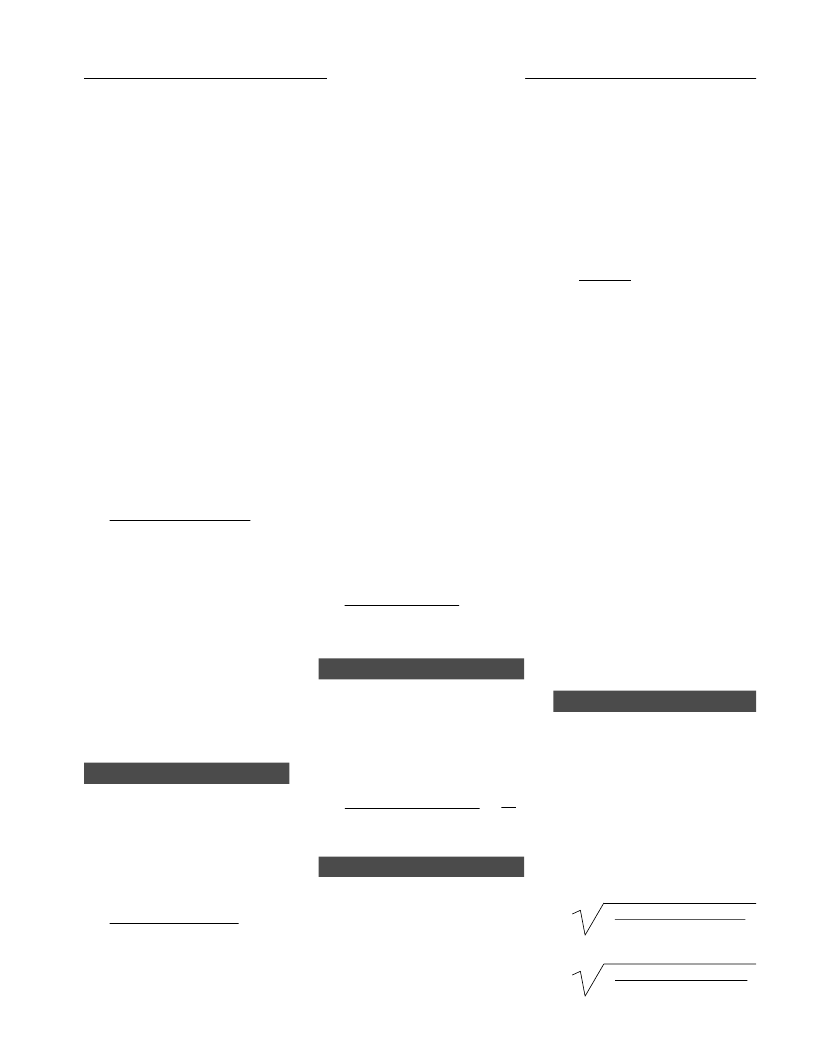- 您現(xiàn)在的位置:買賣IC網(wǎng) > PDF目錄370003 > PIEZO_SYSTEMS_PRODUCT_CATALOG 600mA, 500kHz Step-Down Switching Regulator in SOT-23; Package: SOT; No of Pins: 6; Temperature Range: -40°C to +125°C PDF資料下載
參數(shù)資料
| 型號(hào): | PIEZO_SYSTEMS_PRODUCT_CATALOG |
| 英文描述: | 600mA, 500kHz Step-Down Switching Regulator in SOT-23; Package: SOT; No of Pins: 6; Temperature Range: -40°C to +125°C |
| 文件頁(yè)數(shù): | 48/52頁(yè) |
| 文件大?。?/td> | 643K |
| 代理商: | PIEZO_SYSTEMS_PRODUCT_CATALOG |
第1頁(yè)第2頁(yè)第3頁(yè)第4頁(yè)第5頁(yè)第6頁(yè)第7頁(yè)第8頁(yè)第9頁(yè)第10頁(yè)第11頁(yè)第12頁(yè)第13頁(yè)第14頁(yè)第15頁(yè)第16頁(yè)第17頁(yè)第18頁(yè)第19頁(yè)第20頁(yè)第21頁(yè)第22頁(yè)第23頁(yè)第24頁(yè)第25頁(yè)第26頁(yè)第27頁(yè)第28頁(yè)第29頁(yè)第30頁(yè)第31頁(yè)第32頁(yè)第33頁(yè)第34頁(yè)第35頁(yè)第36頁(yè)第37頁(yè)第38頁(yè)第39頁(yè)第40頁(yè)第41頁(yè)第42頁(yè)第43頁(yè)第44頁(yè)第45頁(yè)第46頁(yè)第47頁(yè)當(dāng)前第48頁(yè)第49頁(yè)第50頁(yè)第51頁(yè)第52頁(yè)

PIEZOCERAMIC
APPLICATIONDATA
186 Mssachusetts Avenue Cambridge, MA02139 Te: (617) 547-1777 Fax: (617) 354-2200 Web wwwpezocom E-mail: sales@pezocom
Electromechanical coupling k
33
, k
31
,
k
p
, and k
15
describe the conversion
of energy by the ceramic element
from electrical to mechanical form or
vice versa. The ratio of the stored
converted energy of one kind
(mechanical or electrical) to the
input energy of the second kind
(electrical or mechanical) is defined
as the square of the coupling coeffi-
cient.
when the force is in the 3 direction
(along the polarization axis) and is
impressed on the same surface on
which the charge is collected (Figure
2a). d
31
applies when the charge is
collected on the same surface as
before,but the force is applied at right
angles to the polarization axis (Figure
2b).
The subscripts in d
15
indicate that the
charge is collected on electrodes
which are at right angles to the origi-
nal poling electrodes and that the
applied mechanical stress is shear
(Figure 2c.)
The units for the d
ij
coefficients
are commonly expressed as
coulombs/square meter per new-
ton/square meter.
When the force that is applied is dis-
tributed over an area which is fully
covered by electrodes (even if that is
only a portion of the total electrode)
the units of area cancel from the
equation and the coefficient may be
expressed in terms of change per unit
force,coulombs per newton. To view
the dij coefficients in this manner is
useful when charge generators are
contemplated,e.g.,accelerometers.
k = electrical energy applied
or
Whereas the relative dielectric cons-
tant is strictly a material property,the
capacitance is a quantity dependent on
the type of material and its dimen-
sions. Capacitance is calculated by
multiplying the relative dielectric con-
stant by the permittivity of free space
CAPACITANCE
The relative dielectric constant is the
ratio of the permittivity of the material,
e
,to the permittivity of free space,
e
0
,
in the unconstrained condition,i.e.,well
below the mechanical resonance of the
part.
DIELECTRIC CONSTANTS
The piezoelectric constants relating
the electric field produced by a
mechanical stress are termed the volt-
age constants, or the “g” coefficients.
The units may then be expressed as
volts/meter per newton/square meter.
Output voltage is obtained by multi-
plying the calculated electric field by
“ G” CONSTANT
the thickness of ceramic between
electrodes. A “33” subscript indicates
that the electric field and the mechan-
ical stress are both along the polariza-
tion axis. (Figure 2a.) A “31” sub-
script signifies that the pressure is
applied at right angles to the polariza-
tion axis, but the voltage appears on
the same electrodes as in the “33”
case. (Figure 2b.)
A “15” subscript implies that the
applied stress is shear and that the
resulting electric field is perpendicular
to the polarization axis. (Figure 2c.)
High g
ij
constants favor large voltage
output, and are sought after for sen-
sors.
Although the g coefficient are called
voltage coefficients, it is also correct
to say the g
ij
is the ratio of strain
developed over the applied charge
density with units of meters per
meter over coulombs per square
meter.
d =
short circuit charge density
applied mechanical stress
g =
open circuit electric field
applied mechanical stress
g =
strain developed
applied charge density
C=
K
e
0
A
t
K =
permittivity of free space
e
e
0
k = mechanical energy applied
K
3
is related to the capacitance
between the original poling elec-
trodes. K
1
is related to the capaci-
tance between the second pair of
electrodes applied after removal of
the poling electrodes for the purpos-
es of shear excitation.
At frequencies far below resonance,
piezoelectric ceramic transduc-
ers are fundamentally capacitors.
Consequently,the voltage coefficients
g
ij
are related to the charge coeffi-
cients d
ij
by the dielectric constant Ki
as, in a capacitor, the voltage V is
related to the charge Q by the
capacitance C.
The equations are:
Q = CV
d
33
= K
T33
e
0
g
33
d
31
= K
T33
e
0
g
31
d
15
= K
T11
e
0
g
15
(
e
0
= 8.9 x 10
-12
farads/meter) and
electrode surface area, and then
dividing by the thickness separating
the electrodes. Units are expressed
in farads.
COUPLING COEFFICIENTS
P
IEZ O
S
Y ST EMS
, I
NC
.
48
CATALOG #3, 1998
相關(guān)PDF資料 |
PDF描述 |
|---|---|
| PIIPM15P12D007 | Programmable Isolated IPM |
| PIIPM25P12B008 | Programmable solated intelligent power module. a 25A. 1200V. three-phase inverter for 15kW industrial and servo motors with on-board programmable DSP. current sensing. isolation. gate drivers and power stage. |
| PIIPM50P12B004 | Programmable solated intelligent power module. a 50A. 1200V. three-phase inverter for 15kW industrial and servo motors with on-board programmable DSP. current sensing. isolation. gate drivers and power stage. |
| PIMM25SG144B | 500kHz and 1MHz High Efficiency 1.5A Switching Regulators; Package: SO; No of Pins: 8; Temperature Range: -40?°C to 85?°C |
| PIMM25SG144M | Microprocessor |
相關(guān)代理商/技術(shù)參數(shù) |
參數(shù)描述 |
|---|---|
| PIF 130 7/8 | 制造商:Belden Inc 功能描述:PVC COATED FIBERGLASS SLEEVIN |
| PIF130 4 250BLK | 制造商:61200 功能描述:WIRE/CABLE |
| PIF1300 BK005 | 功能描述:非熱縮管和套管 PROTECTION SLV 100ft SPOOL BLACK RoHS:否 制造商:Panduit 產(chǎn)品:Cable Wraps 類型:Spiral 顏色:Black 材料:PP 內(nèi)徑:0.03 in 長(zhǎng)度:100 ft |
| PIF-130-0-BK-100 | 制造商:Alpha Wire Company 功能描述:Cable Accessories Sleeve Polyvinyl Chloride Black |
| PIF1301/2A BK005 | 功能描述:非熱縮管和套管 1/2in PROTECTION SLV 100ft SPOOL BLACK RoHS:否 制造商:Panduit 產(chǎn)品:Cable Wraps 類型:Spiral 顏色:Black 材料:PP 內(nèi)徑:0.03 in 長(zhǎng)度:100 ft |
發(fā)布緊急采購(gòu),3分鐘左右您將得到回復(fù)。